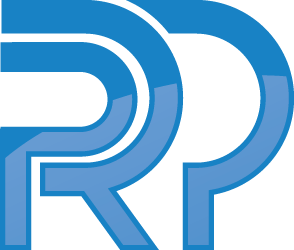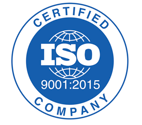The introduction of new and complex regulations, combined with the need to get safe and effective devices approved and into the market as quickly and efficiently as possible, has created quite a challenging environment in today’s medical device industry. It has become increasingly critical for manufacturers to have a thorough understanding of all regulatory pathways and the proper protocols, procedures, and documentation for each pathway. Early, open, and collaborative communication with FDA is essential to ensure product candidates progress toward commercialization as seamlessly as possible. To that end, medical device manufacturers, as well as other stakeholders throughout the industry, should familiarize themselves with FDA’s recently released guidance document titled “Requests for Feedback and Meetings for Medical Device Submission: The Q-Submission Program.”
The Q-Submission program offers a mechanism through which companies can request feedback on potential or planned submissions to FDA and provides tracking of such interactions. FDA’s objective with this new guidance is to offer the most efficient and desirable ways for submitters to obtain feedback through the Q-Submission program with respect to Investigational Device Exemption (IDE) applications, Premarket Approval (PMA) applications, Humanitarian Device Exemption (HDE) applications, Evaluation of Automatic Class III Designations (De Novo requests), Premarket Notification (510(k)) Submissions, Clinical Laboratory Improvement Amendments (CLIA) Waiver by Applications (CW), Dual 510(k) and CLIA Waiver by Application Submissions (Duals), Accessory Classification Requests, and certain Investigational New Drug Applications (INDs) and Biologics License Applications (BLAs). While the program is voluntary, manufacturers are strongly encouraged to take full advantage of it. In FDA’s own words, “Early interaction with FDA on planned non-clinical and clinical studies and careful consideration of FDA’s feedback may improve the quality of subsequent submissions, shorten total review times, and facilitate the development process for new devices.”
The new guidance addresses the following Q-Submission mechanisms which are described by FDA as follows:
- Pre-Submissions (Pre-Subs) – a formal written request from a submitter for feedback from FDA that is provided in the form of a formal written response or, if the submitter chooses, formal written feedback followed by a meeting. All discussion that occurs during the meeting is documented in meeting minutes that are drafted by the submitter and submitted for FDA review.
- Submission Issue Requests (SIRs) - A SIR is a request for FDA feedback via written feedback or a meeting on a proposed approach to address issues conveyed in a marketing submission hold letter, a CW hold letter, an IDE Letter, or an IND Clinical Hold letter.
- Study Risk Determinations - A Study Risk Determination is a request for FDA determination for whether a planned medical device clinical study is significant risk (SR), non-significant risk (NSR), or exempt from IDE regulations as defined by the IDE regulations (21 CFR part 812).
- Informational Meetings - An Informational Meeting is a request to share information with FDA without the expectation of feedback. This information sharing can be helpful in providing an overview of ongoing device development and familiarizing the FDA review team about new device(s) with significant differences in technology from currently available devices. While FDA staff may ask clarifying questions during an informational meeting, they will generally be listening during the meeting and not prepared to provide any feedback.
Further, the guidance document explains the following:
- The type of information that should be included in a Q-Submission cover letter including specific instructions for contact information, Q-Submission type, requested method of feedback, and meeting information (if applicable) including an agenda, meeting format, and available dates and times.
- The minimum information to be included within the body of the Q-Submission including the purpose, the device description, proposed indications for use or intended use, and regulatory history, as well as the additional details to be provided depending on the specific type of Q-Submission.
- FDA’s timeframe for sending feedback or holding a meeting depending on the type of Q-Submission involved.
- FDA’s preferred meeting duration, format, and attendees.
Medical device manufacturers should take the time to carefully read through the entire guidance document, including the three appendices, to ensure they have a thorough understanding of FDA’s recommendations. Enhancing transparency, efficiency, and collaboration with FDA can have incredibly impactful repercussions when it comes to maximizing the potential value of your device, and obtaining upfront, early feedback from FDA will often eliminate major headaches down the road.
Are you interested in learning more?



